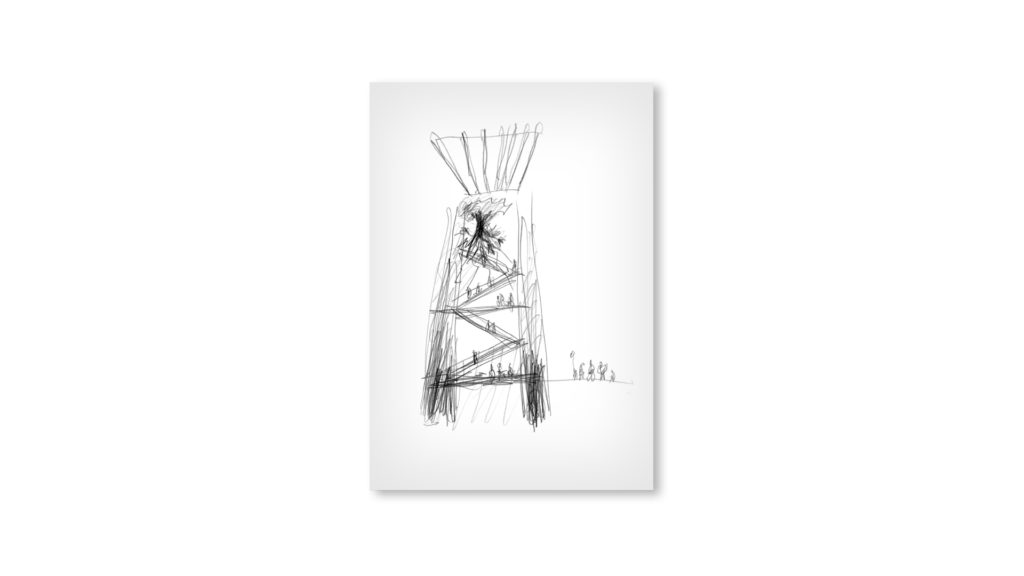When did we turn to our roots and take notice of the trees? From scientific research to philosophy, from architecture to design, it’s all a rebirth and awakening of interest in the world of plants. We chose “the trees” by Michele De Lucchi because they mirror our true nature, our identity and the roots that rhizomatically connect Umbria to the Burgundy forests.
It is a common thread that links Umbria to the forests of Burgundy and continues to the heart of the famous wine region.
Medoc embodies the synthesis of concepts that are not always easily reconciled: Aesthetics and Ethics, external Beauty and Substance, Appearance and Essence, Surface and Pulp.
“You would have to be able to walk on your hands to appreciate the sheer beauty of the wooden floors. That way you could really feel the nature captured in the wood, it’s soft to the eyes yet durable to walk on and it feels warm to the touch. This profoundly luxurious material, both in its shape and decor, needs no further design touch which may only spoil its appearance, detracts from its richness and alters its authentic nature”.
Michele De Lucchi
FEATURED PROJECTS: ACCESS TO AUTOGRILL’S “MERCATO DEL DUOMO”
2013-2015
GALLERIA VITTORIO EMANUELE II, MILANO, ITALY
| In 2015, Autogrill asked AMDL CIRCLE to develop an architectural and conceptual solution to invite visitors to explore the above three floors their historical location in Duomo, Milan. AMDL CIRCLE designed an access to the Market and its restaurants provided along this spectacular vertical telescope, with escalators and lifts serving the various floors. Protruding beneath the tall arches of the porticos, the roots of a gigantic bronze olive tree, a monument casted by Factum Arte by Adam Lowe. Roots provide nutrition, yet they are invisible; they are grounded in culture and history yet they sustain growth and change |
The project renews this access and the large void connecting the spaces, managed by Autogrill inside the Galleria Vittorio Emanuele II in Milan, occupied by the “Mercato del Duomo”. The setting was reconstructed from the original pattern of solids and voids in the Arcade, built between 1865 and 1878 to a design by Giuseppe Mengoni.

The atmosphere of the courtyard, originally open, was recreated by removing the roof closure and replacing it with a transparent awning to let in natural light. The escalators in the end wall of the small cloister link the four floors of the store, creating a central void which leads the eye upwards to admire the verticality of the space. The use of mirrors in the frames heightens the perceived largeness of the space. The choice of materials, colours and finishes was likewise made with a view to conservation.
Use was made of the marble in the original floor, and scraped plasters to enhance the spaces. The sculpture of a bronze olive tree by Adam Lowe symbolizes the Mediterranean gastronomic and wine-growing culture and nature to be protected. Looking upwards, people can see the roots of the tree, because it is under the ground that life begins.
Credits AMDL Circle
PHOTOGRAPHY
Tom Vack